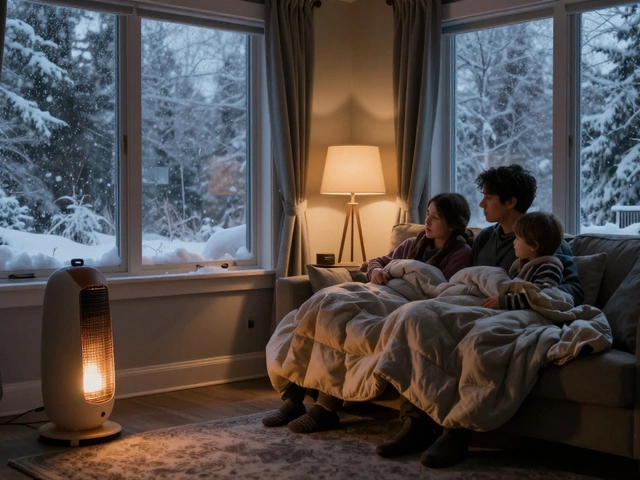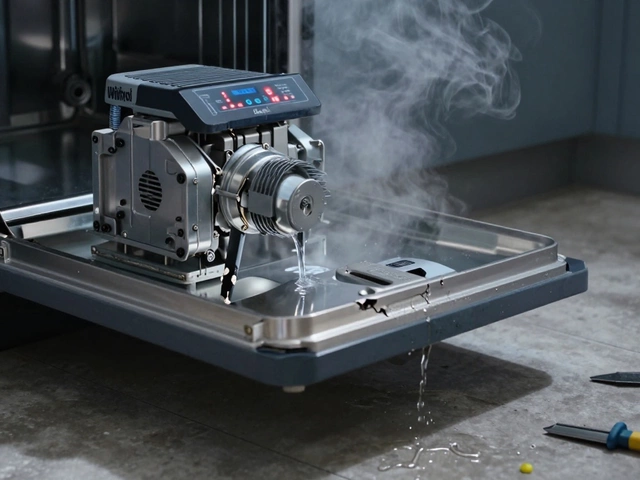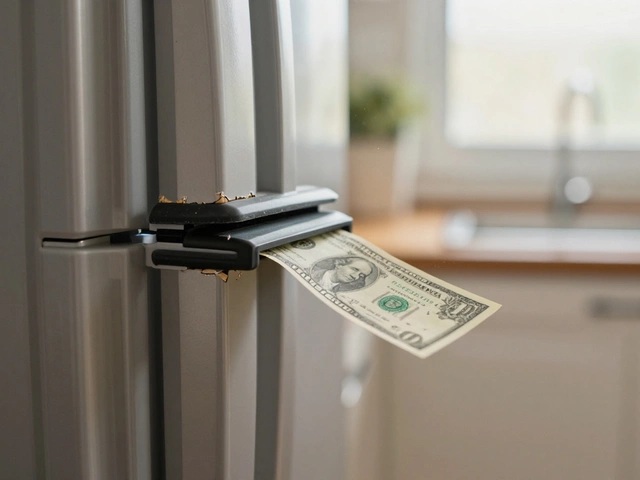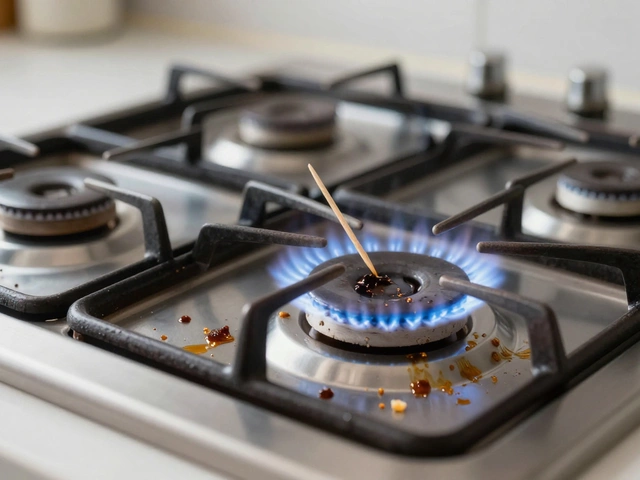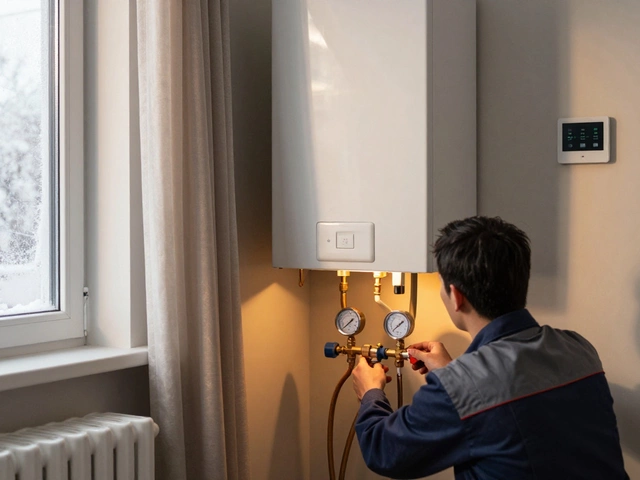Hot Water Repair: Quick Fixes and Pro Tips
Running out of hot water in the middle of a shower is frustrating. Most of the time you don’t need a full replacement – a few simple checks can get the heat back flowing. Below you’ll find the most common reasons your water heater stops heating, easy DIY steps, and clear signs it’s time to call a professional.
Common Hot Water Problems
Water heaters are built tough, but they still suffer from a handful of recurring issues. Here’s what you’ll see most often:
- No hot water at all: Could be a tripped breaker, a blown fuse, or a dead pilot light on a gas unit.
- Only lukewarm water: Usually a thermostat set too low, a buildup of sediment, or a failing heating element.
- Strange noises: Banging or popping often means sediment is burning at the bottom of the tank.
- Leaking tank: Leaks around the base signal a busted pressure‑relief valve or a corroded tank.
- Hot water runs out quickly: An undersized tank for your household or a worn‑out heating element can cause this.
Knowing which symptom you have narrows down the fix dramatically. Most of these problems can be diagnosed without special tools – just a flashlight, a screwdriver, and a bit of patience.
DIY Fixes You Can Try
1. Reset the breaker or replace the fuse
Electric heaters need a steady power supply. Open your breaker box, locate the switch labeled “water heater,” and flip it off for 30 seconds. Switch it back on and see if heat returns. If the breaker trips again, the heater might be drawing too much power – that’s a cue to call a pro.
2. Relight the pilot light
For gas models, a blown‑out pilot is a common cause of no‑heat. Turn the gas control knob to “pilot,” hold a lit match or lighter near the pilot opening, and press the knob while you light it. Keep holding for about a minute, then turn the knob to “on.” If the pilot won’t stay lit, the thermocouple could be faulty.
3. Adjust the thermostat
Most heaters have a dial set between 120°F and 140°F. If you only get warm water, raise the thermostat a few degrees and wait a couple of hours. Be careful not to set it too high – it wastes energy and can cause scalding.
4. Flush the tank
Mineral sediment builds up over years and reduces efficiency. Turn off the power or gas, close the cold‑water inlet, and attach a garden hose to the drain valve. Open the valve and let water flow until it runs clear. Close the valve, remove the hose, reopen the inlet, and restore power. This can stop noisy boiling and improve heating.
5. Inspect for leaks
Check the pressure‑relief valve (the round knob on the top of the tank). Pull the lever; water should flow out and stop when you release. If it keeps running, the valve needs replacement. Also look for wet spots around the base – a small crack usually means the whole tank must be swapped.
If any of these steps feel beyond your comfort zone, or if the heater still won’t produce hot water, it’s time to get a professional involved. A licensed technician can safely test gas lines, replace heating elements, or evaluate whether a full replacement makes more sense financially.
At Weymouth Appliance Repair Services, we specialise in hot water repair for both boilers and electric water heaters. Our team can diagnose the issue quickly, offer transparent pricing, and get your showers back to normal without delay. Give us a call today for fast, reliable service that keeps your home running smoothly.
How Long Should You Hold the Reset Button on a Water Heater? Step-by-Step Help
- Alden Wilder
- Jul 17 2025
- 0 Comments
Find out how long to press your water heater reset button safely, why it trips, and what steps to take if it won't reset. Easy help for hot water issues.
View More
